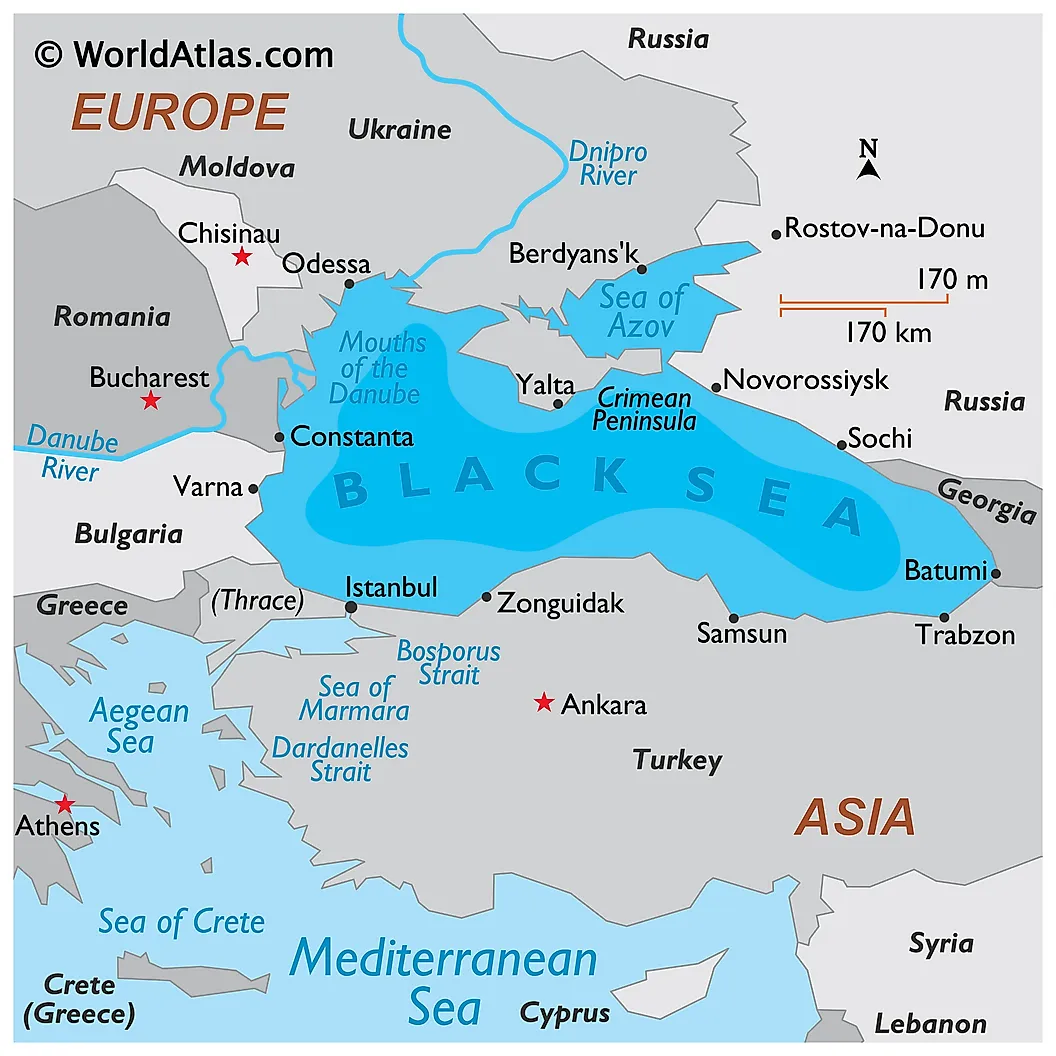Researchers have found that an association with dry rice farming likely started a domestication process, which has led to chickens becoming one of the world’s most numerous domesticated animals.
The red jungle fowl is a tropical bird in the pheasant family. Charles Darwin first proposed that chickens may have descended from the red jungle fowl because of their similar appearances.
The oldest bones of a definite domestic chicken were found at Neolithic Ban Non Wat in central Thailand, and date to between 1,650 and 1,250 BC.
Reference
The Darjeeling Himalayan Railway has recorded its highest ever monthly revenue generation.
|
Mountain Railways Declared as UNESCO World Heritage Sites |
|
|
Darjeeling Himalayan Railway |
West Bengal (1999) |
|
Nilgiri Mountain Railways |
Nilgiri Hills of Tamil Nadu (2005) |
|
Kalka Shimla Railway |
Himalayan foothills of Himachal Pradesh (2008) |
Reference
Ukraine has caused “significant losses” to the Russian military in airstrikes on the Zmiinyi Island in the Black Sea.

Reference
The Prime Minister dedicated to the nation the main tunnel and 6 underpasses of Pragati Maidan Integrated Transit Corridor Project.
Reference
The Indian Council of Medical Research (ICMR) has published the country’s first-ever list of basic dos and don’ts to ensure the safety of Type-1 patients during travel.
As per the International Diabetes Federation, India has the highest number of incident and prevalent cases of Type-1 diabetes in the world.
Insulin is a hormone needed to allow sugar (glucose) to enter cells to produce energy.
Diet and lifestyle habits don’t cause type 1 diabetes.
Reference